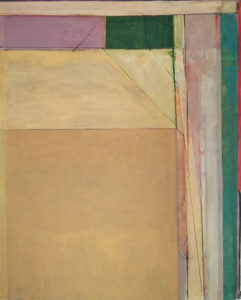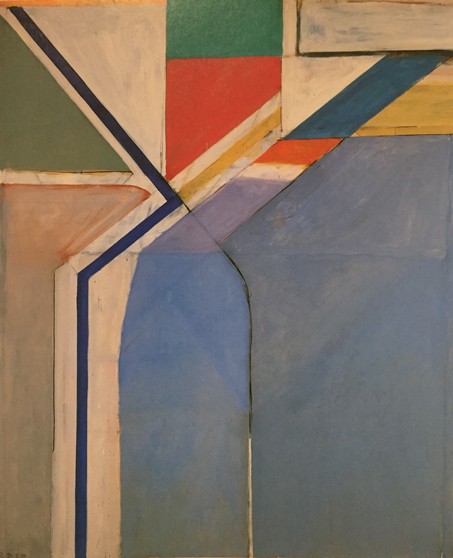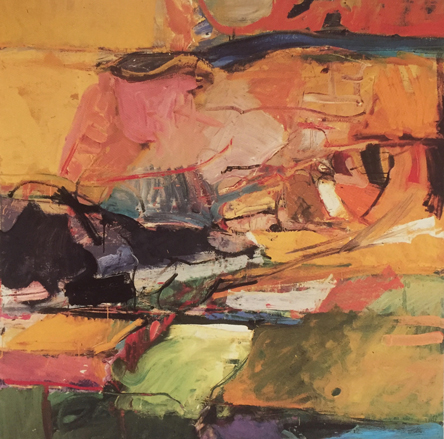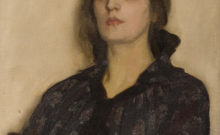
Richard Diebenkorn. 1961
It must have happen in the time when Richard Diebenkorn once again left disoriented critics and observers when he came back to abstraction. An artistic trip, that of Diebenkorn, that they found it hard to follow. It was in his full artistic maturity when he wrote ten rules (which he called studio notes) to hang in his workshop and have them always visible while working.
Diebenkorn rules were written for himself as warnings that helped him navigate his creative journey (reminiscences of the commandments of God’s Law for the journey of the believer). He only shared them in life with some friends and were not made public until after his death (1993) John Elderfield published them in 1997,
I do not believe that they lend themselves to a thoughtful and analytical interpretation because they deal more with pure artistic perceptions and feelings. Words fall short at describing the creative process: it is like trying to explain how to write a Chopin’s nocturne.
I especially admire the courage of Richard Diebenkorn when he proposes not to yield to the initial self-complacency expressed in rules 2 and 4. Who has not felt the pride of a fresh beginning of the work and the following paralysis and the fear to continue? I hope I am not irreverent if I venture that these two rules were not particularly followed by Picasso, for example. Although Picasso had to be the explorer of his Century and that justifies him.

Ocean Park No. 48
The best talk about the Diebenkorn rules I have heard was by Alex Kanevsky, who refrains from textual interpretations and makes a lucid aesthetic accompaniment of the rules through an accurate and heterodox selection of artistic images.
If you haven’t had the privilege of listening to Kanevsky you can always hang the Diebenkorn’s rules in your studio and perceive the echoes and intentions that lie behind these statements. Every painter in his/her own way is traveling the same journey.
Ultimately Diebenkorn’s rules are a reminder and an exercise of humility about the artist himself and his role. Piet Mondrian said: “The position of the artist is humble, he is essentially a channel”









